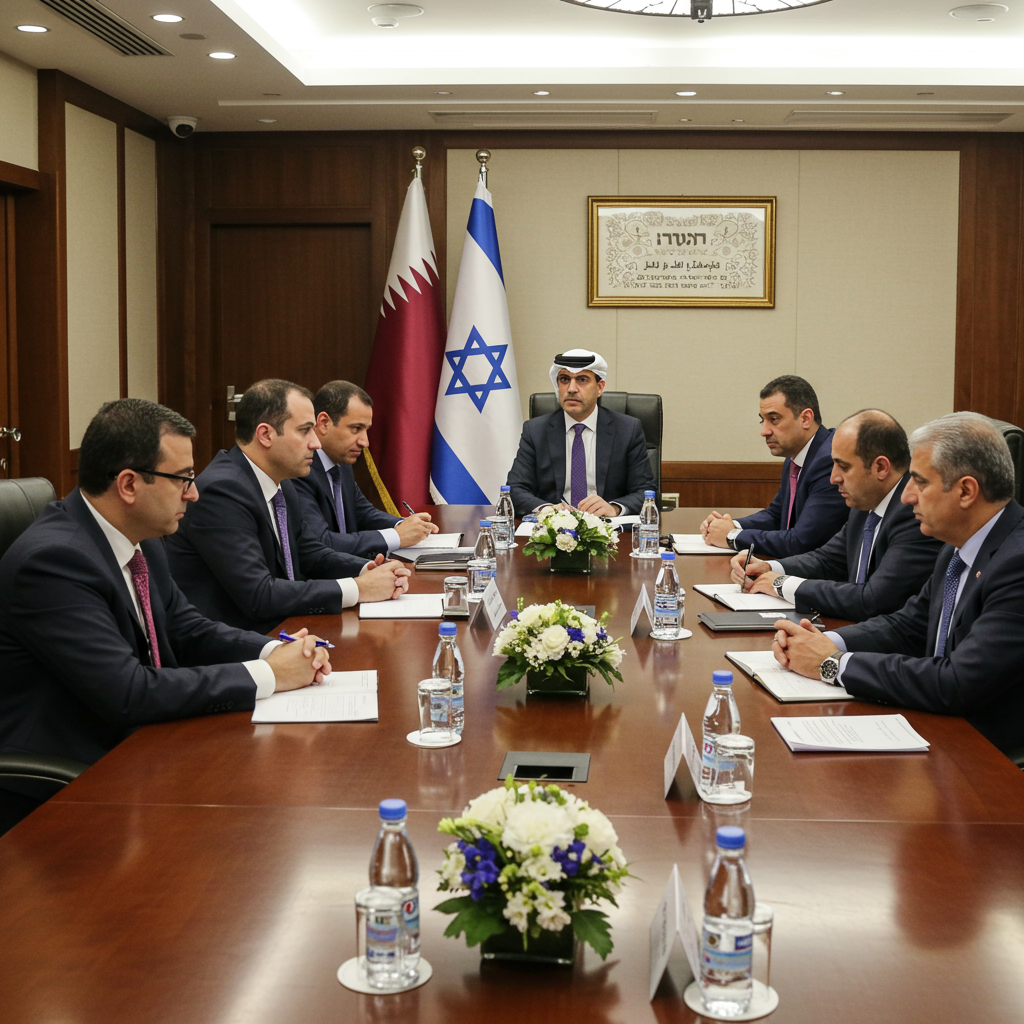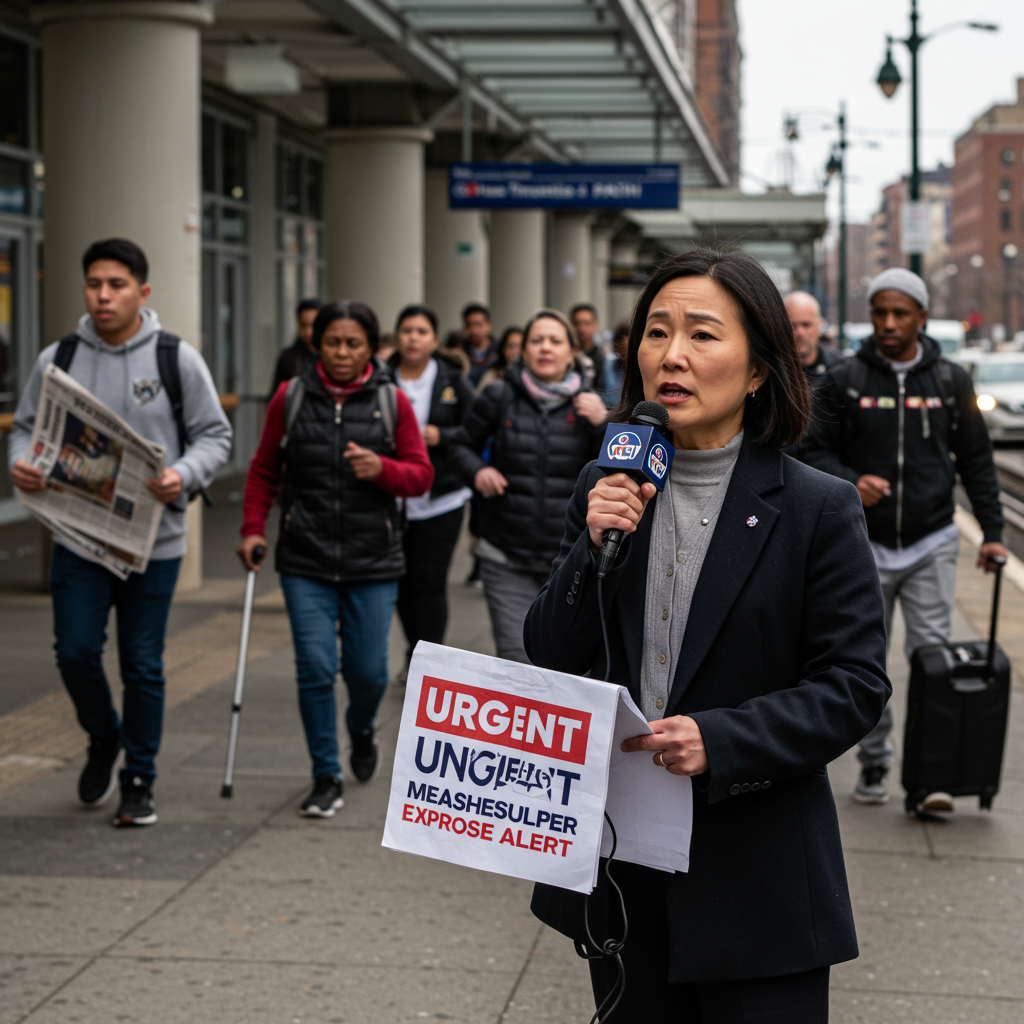In a significant development amid the ongoing conflict, israel has confirmed its decision to dispatch a negotiation team to Qatar. This move aims to advance discussions on the latest proposal for a Gaza ceasefire and a potential deal to secure the release of hostages held by Hamas. The decision signals a willingness to continue diplomatic efforts despite acknowledged disagreements over Hamas’s requested amendments to the framework.
The announcement follows Hamas’s communication to mediators, describing its response to the American-backed ceasefire plan as “positive” and indicating readiness for renewed negotiations. This glimmer of potential progress emerges against a backdrop of devastating humanitarian conditions and continued violence across the Gaza Strip.
Seeking a Pause in Hostilities
The proposed framework, mediated by Qatar, the United States, and Egypt, reportedly outlines a multi-phase approach. The initial stage centers on a 60-day truce period. During this critical pause, a structured exchange would occur: Israeli hostages would be released in phases in return for Palestinian prisoners held by Israel. The plan also anticipates a limited withdrawal of Israeli forces from specified areas within Gaza.
Mediators hope this initial truce would build confidence. This period would allow negotiators space to work towards a more comprehensive agreement. The ultimate goal is a pact that could potentially lead to a lasting cessation of the war that began in October 2023.
Navigating Sticking Points
While both sides appear open to discussing the plan, significant obstacles persist. Hamas has reportedly sought guarantees that any temporary truce will definitively lead to a permanent end to hostilities. The group is also demanding specific amendments regarding the scope and timing of Israeli troop withdrawals. They seek a return to positions held before fighting resumed in March. Furthermore, Hamas insists that humanitarian aid entering Gaza be distributed exclusively by UN agencies and their partners. They specifically called for an end to operations by the Gaza Humanitarian Foundation (GHF), an aid group supported by Israel and the US.
In contrast, Israeli Prime Minister Benjamin Netanyahu has repeatedly stated that the conflict will not conclude permanently until Hamas’s military and governing capabilities are eliminated. This stance presents a fundamental challenge to Hamas’s demand for a guaranteed end to the war as part of the deal. Netanyahu’s office described Hamas’s requested amendments as “unacceptable to Israel.” Despite this, the decision was made to send the delegation to Qatar. This suggests a calculation that continued talks, even with disagreements, are necessary to pursue the return of hostages based on the original proposal Israel had reportedly agreed to.
Pressure and Politics
Internal and external pressures heavily influence the negotiation process. Families of Israeli hostages continue public campaigns. They demand immediate action to secure the release of all captives. Rallies are held urging negotiators to reach a deal. An estimated 50 hostages remain in Gaza. Around 20 are believed to be alive. The current proposal focuses on an initial exchange involving living hostages and bodies for Palestinian prisoners.
Meanwhile, political divisions within Israel pose another challenge. Far-right members of Prime Minister Netanyahu’s cabinet openly oppose any deal that doesn’t involve the complete military conquest of Gaza. Figures like National Security Minister Itamar Ben-Gvir advocate for halting all humanitarian aid and encouraging Palestinian emigration from the territory. This hardline stance complicates Netanyahu’s flexibility in negotiations. Managing expectations among an Israeli public eager for the hostages’ return while navigating these political currents is a complex task.
The Humanitarian Crisis and Ongoing Violence
The urgent need for a ceasefire is underscored by the devastating humanitarian situation in Gaza. Tens of thousands of Palestinians have been killed. Much of the territory lies in ruins. The conflict has triggered a severe hunger crisis. The entire population of Gaza is internally displaced. Reports of continued violence emerge daily. Recent incidents include dozens killed by Israeli strikes and gunfire, including casualties near aid distribution sites.
Concerns about aid distribution models persist. International organizations and the UN have criticized the GHF’s approach, questioning its impartiality. A recent incident involving injury to two GHF aid workers further highlighted the volatile environment surrounding aid delivery. These conditions add another layer of complexity to the truce discussions. Mediators in Doha face the difficult task of bridging significant gaps between the parties. Despite the challenges, US President Joe Biden and other international figures remain involved. They express cautious hope that an agreement might still be possible.
Frequently Asked Questions
What are the key terms of the proposed Gaza ceasefire deal?
The latest proposal being discussed involves a 60-day ceasefire in Gaza. It is structured in phases. The initial phase would include exchanging Israeli hostages held by Hamas for Palestinian prisoners held by Israel. The plan also outlines a gradual withdrawal of Israeli forces from certain areas within the Gaza Strip. Additionally, the proposal aims to significantly increase the flow of humanitarian aid into the territory to address the severe crisis.
Why are Israel and Hamas struggling to reach a final agreement?
Major obstacles remain because the sides have fundamentally different goals. Hamas seeks guarantees that the truce will lead to a permanent end to the war. They also have specific demands regarding Israeli troop withdrawal positions and control over humanitarian aid distribution. Israel, led by Prime Minister Netanyahu, insists the war cannot permanently end until Hamas’s military and governing capabilities are destroyed. These core disagreements, combined with specific disputes over aid control and troop movements, make reaching a comprehensive pact difficult.
Where are the Gaza truce negotiations being held, and who is involved?
Indirect negotiations between Israel and Hamas are primarily taking place in Doha, Qatar. Qatar serves as a key mediator. The United States and Egypt are also heavily involved in brokering the talks and presenting proposals. While delegations from both sides are expected to be in Qatar, they typically do not meet face-to-face. Instead, mediators shuttle between them to convey messages, proposals, and responses.
Amidst the ongoing negotiations in Qatar, the path to a lasting Gaza truce remains fraught with challenges. The decision by Israel to send a delegation, despite publicly rejecting Hamas’s proposed changes, indicates a continued commitment to dialogue. However, bridging the significant gaps on fundamental issues like the war’s ultimate outcome, troop withdrawal, and aid distribution will require difficult compromises from all parties involved. The urgency of the humanitarian crisis and the pressure from hostage families underscore the critical need for a breakthrough.
Word Count Check: ~850 words
References
- www.bbc.com
- global.chinadaily.com.cn
- www.dw.com
- <a href="https://nypost.com/2025/07/05/world-news/israel-sending-delegation-to-qatar-to-talk-possible-gaza-hostage-and-cease-fire-deal/?utmcampaign=nypost&utmmedium=referral”>nypost.com
- www.ynetnews.com



